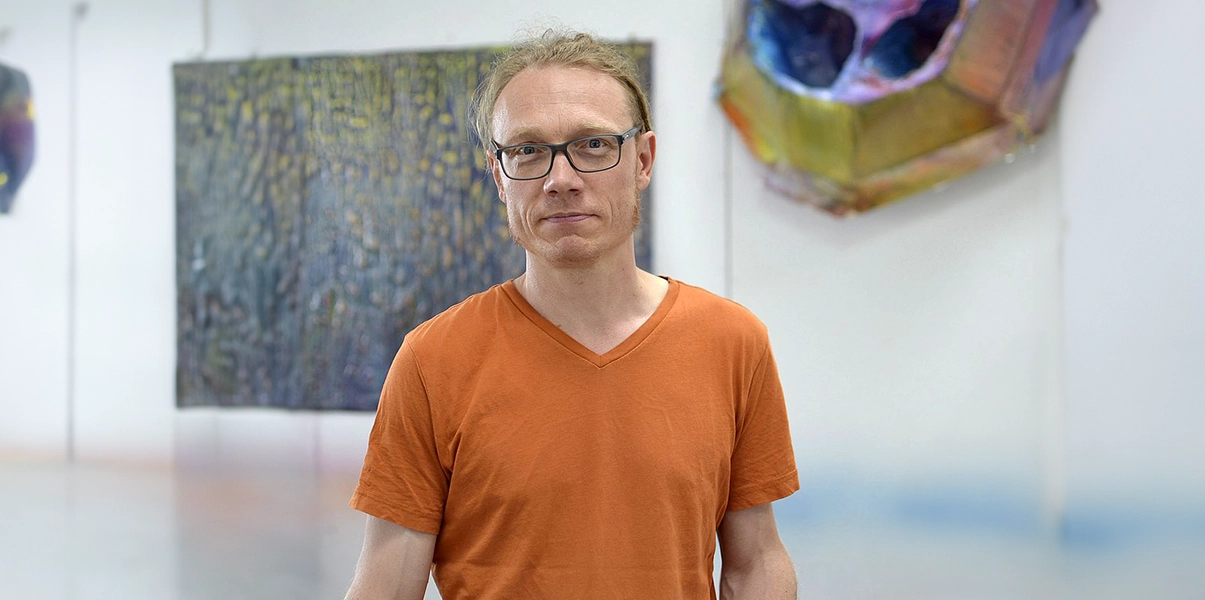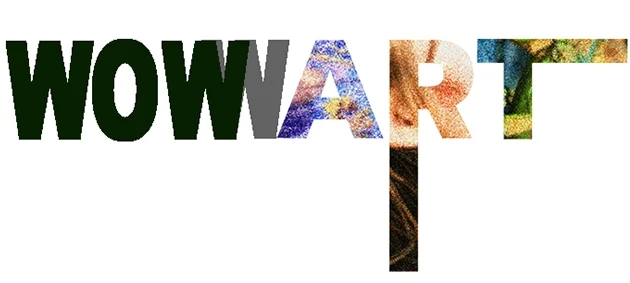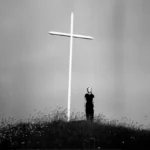Enrico Niemann Explores The Interplay Of Space Surface And Color Through Innovative Painting Techniques

Artist Enrico Niemann in his Berlin studio, working on his signature layered acrylic paint skins that explore space, surface, and color gradients.
A Deep Dive Into The Artist’s Process Themes And Inspirations
Enrico Niemann discusses his unique technique of layering paint skins, the role of imperfections, and the balance between chaos and order in his work, which blurs painting and spatial experience.
Enrico Niemann is an artist who transforms the boundaries between painting, sculpture, and spatial experience into something entirely his own. His work is a mesmerizing interplay of color, texture, and form—where thin skins of acrylic paint become topographical landscapes, and rigid structures dissolve into fluid gradients. Each piece invites the viewer into a dynamic encounter, where perception shifts with every angle, every play of light, and every subtle movement.
Niemann’s innovative technique—layering, folding, and transferring paint onto surfaces—creates a tension between control and spontaneity. What might appear as imperfections—bubbles, cracks, and distortions—are, in fact, deliberate traces of the process, grounding his ethereal compositions in tangible materiality. His references to decalcomania and Max Ernst’s surrealism are not mere homage but a reimagining, where chance and precision coexist in delicate balance.
Beyond technique, Niemann’s work speaks to deeper themes: the fragility of order, the beauty in fragmentation, and the endless possibilities of recontextualization. His art doesn’t just occupy space—it interacts with it, reshaping the viewer’s experience in real time.
In this interview, Niemann offers rare insight into his creative philosophy, revealing how his methods and materials converge to produce such captivating visual narratives. For those who appreciate art that challenges, evolves, and lingers in the imagination, Enrico Niemann’s work is nothing short of extraordinary. Dive in and discover the intricate world of an artist who makes the intangible vividly alive.
Enrico Niemann revolutionizes art by blending ethereal beauty, material grounding, and dynamic viewer interaction into captivating visual masterpieces.
How did you develop your unique technique of layering plastic film and acrylic paint, and what inspired this inventive approach?
These techniques developed from the working process. Transparent layers of paint suggest a “deep surface” of particular intensity. This idea gave rise to early works in which I painted on clear foils, fused the individual layers, opened them up and experimented with layering and spaces in between. This led me to work with the thin acrylic paint skins that form as they dry and are themselves plastic films.
In what ways does the influence of decalcomania manifest in your artwork, and how do you feel it relates to or diverges from Max Ernst’s surrealistic landscapes?
Décalcomanie refers to a copying technique used in monotypes. In some of my works I create a similar impression because I use plastic foil and thin colors that create this effect more or less by chance. Max Ernst used this technique to create spontaneous and extremely complex structures. I admire Max Ernst as an inventor and discoverer of new pictorial worlds in whose nuances you can lose yourself. For me, however, the landscape develops from the materiality of the paint and the medium. I take acrylic paint skin and use foils, which I drape and fold for the painting process. I use gravity and the physical conditions of my working materials and operate in a concrete model landscape. All of this has to do with surfaces and spatiality.
Your works invite a very physical engagement from viewers. How important is this interaction, and what do you hope viewers take away from the dynamic experience of viewing your art?
The works change constantly, depending on the light, the surroundings and even when you look at them. That’s why art needs the spatial experience, which therefore has a direct physical influence. In my three-dimensional works, it is important to me that the image is constantly in flux with my own movement and that new colour combinations arise. That’s why I see them as paintings, except that they are curved into the space. In addition, the pictorial space and the actual object are constantly blending anew in the movement. Perception oscillates between these two aspects. In the smaller works and when looking at the details, I am fascinated by the haptic stimuli of the uneven surface, which repeatedly break up the picture.
How do you view the role of “imperfections” like bubbles, cracks, and material distortions in your art, and what meaning do these contribute to your overall compositions?
It is exactly these “imperfections” that refer to the materiality and the production process and make the works more approachable and varied. They allow continuous observation down to the smallest detail. As they show random processes, they simultaneously refuse to be composed and emphasize the segment-like character of an “all-over”.
The themes of chaos and order seem central to your work, particularly in how random structures meet strict forms. What significance does this relationship hold in your artistic vision?
I would rather speak of structural arrangement and disintegration processes. This has something to do with our perception. We need structure to be able to differentiate. I am fascinated by patterns, but even more so when they dissolve and are not perfect patterns, but analogies. The interweaving of chaotic dynamics and orders that arise during the work process are interesting for me. For example, when I construct strict forms or patterns on which the painting process can take place, the random flows of colour and mixtures dissolve this again. The question of “chaos and order” also seems to me to be a question of perspective or scaling when I think of fractal structures.
How does the concept of “fragmentation” inform your creative process, and in what ways does it reflect the broader context or themes within your body of work?
Fragments are inspiring insofar as new contexts can be opened up by combining them, as is the case with collage. The transitions and breaks that open up the picture again are interesting. This aspect can probably also be found in my work.












